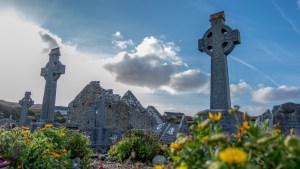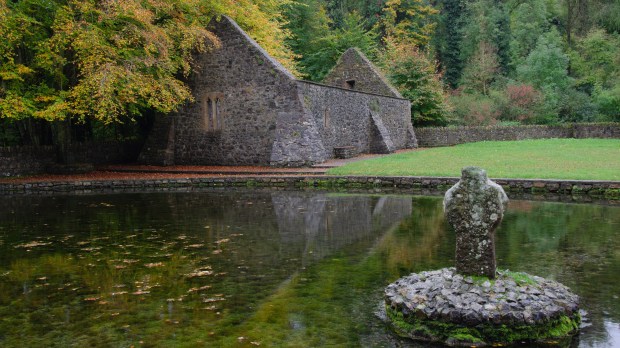The ancient Holy Wells of St. Patrick, in the scenic landscape of County Fermanagh, hold a profound spiritual and historical significance. These wells, which were revered as sacred sites way before the arrival of Christianity to the island, were blessed and consecrated by early Irish saints – St. Patrick included. Today, these holy wells serve as sites of worship and prayer, attracting thousands of devotees looking for St. Patrick’s intervention. Thus, they stand as enduring testaments to the deep-rooted spiritual traditions of Ireland and the everlasting legacy of St. Patrick.
St. Patrick, the patron saint of Ireland, took Christianity to the island in the 5th century. As explained by Irish Central, the holy wells associated with him (such as those in Belcoo) are thought to have played a pivotal role in his missionary efforts, even being used as baptismal pools.
In fact, as read in the article published by Irish Central, “one doesn’t have to go very far in modern-day Ireland to find a church, but in the saint’s time, Patrick would have had to use the abundant wells and streams that populated the Irish countryside to baptize his converts,” giving way to what we know today as Irish Holy Wells. Consequently, devotees and pilgrims have visited these wells for centuries, seeking spiritual solace, blessings, and cures for ailments.
One of the most renowned of these wells is Toberpatrick, known colloquially as St. Patrick’s Well. Trees around this natural spring are profusely adorned with ex-voto offerings, left by those who want to thank the saint for his intercession. Pilgrims also customarily circumambulate the well while praying.
In recent times, efforts have been made to preserve and protect these sites, recognizing their significance as cultural landmarks. Pilgrimages and gatherings at the wells continue, drawing people from different walks of life, fostering a sense of community and shared experience. Indeed, the wells’ enduring popularity and the continuity of devotional practices and pilgrimages highlight the profound spiritual and cultural heritage they represent.


